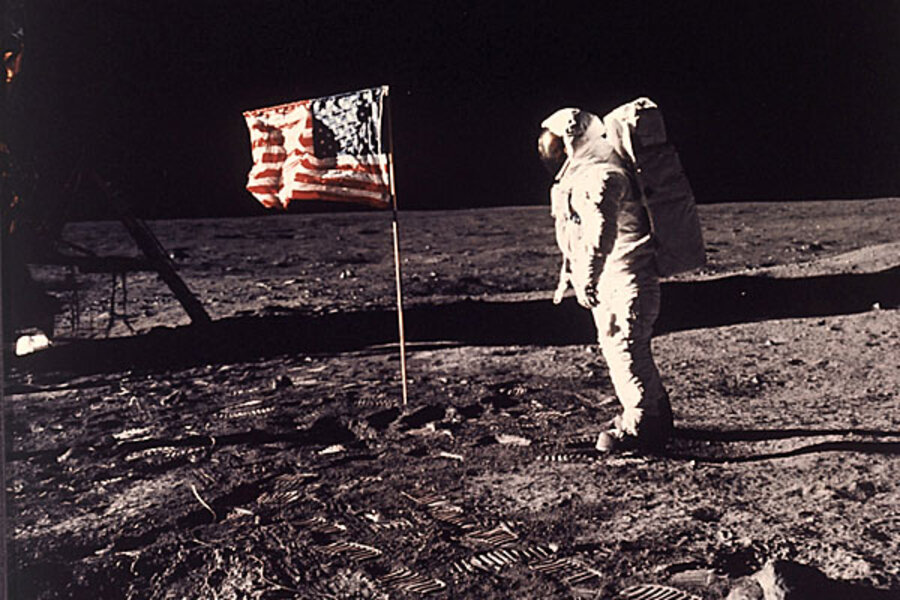Moon rocks discovered in Minnesota, but more rocks missing
Loading...
| St. Paul, Minn.
Houston, we have moon rocks.
The Minnesota National Guard said Monday it found a few small fragments of the moon's surface in storage in a state building in St. Paul. They'll be turned over to the state Historical Society on Wednesday.
The moon rocks came from the Apollo 11 moon landing in 1969, when astronauts Neil Armstrong and Buzz Aldrin became the first humans to set foot on the moon. Some of the rocks, pebbles and dirt they collected have gone missing after U.S. states and territories and 135 countries each got tiny samples encased in plastic. Authentic moon rocks are considered national treasures and can't legally be sold in the U.S.
RECOMMENDED: Are you scientifically literate? Take the quiz
Minnesota's moon rocks disappeared sometime after then-President Richard Nixon gave them to the state, along with a state flag that was carried on the mission.
Joseph Gutheinz, a University of Phoenix instructor and former NASA investigator who leads an effort to find missing moon rocks, said Minnesota's discovery leaves 11 states, including Massachusetts, Texas and Wisconsin, missing their Apollo 11 moon rocks.
He said the lunar samples from the first moon landing command high sums on the black market, and some have been stolen or otherwise migrated away from the public domain.
"To a collector, it's invaluable," said Gutheinz, whose students have been looking for Minnesota's moon rocks since 2002.
He added, "Somebody in the National Guard there decided to do the right thing and rather than walk off with something that had a great value on the black market, said, 'Hey, this doesn't belong to me.' "
The handoff to the Minnesota Historical Society will take place at an event with students at STARBASE Minnesota, a math and science program.
RECOMMENDED: Are you scientifically literate? Take the quiz
Copyright 2012 The Associated Press.







